Teaching students to use AI responsibly
)
Schools and colleges have seen a dramatic rise in the number of students using generative AI to help with their learning. According to the National Literacy Trust, the percentage of 13 to 18-year-olds who said they had used generative AI increased from 37.1% in 2023 to 77.1% in 2024.
As AI tools such as ChatGPT become increasingly more accessible, students are turning to them for everything from generating flashcards and assisting with homework to ghost-writing and completing entire assignments. While these tools offer a whole host of exciting opportunities to help learners advance in the classroom, they also present a range of challenges for educators; with over-reliance on AI and ethical concerns, such as plagiarism, among the key issues.
This raises a critical question: how do educators teach students to use AI responsibly to ensure it enhances learning rather than undermining it? This article explores strategies and insights to help educators guide students in using AI as a learning tool responsibly and effectively.
How can AI enhance learning in the classroom?
AI offers powerful opportunities to support and enhance student learning when it is used correctly and effectively. Tools such as ChatGPT can be used to generate revision materials, clarify complex concepts or produce revision activities as well as provide feedback on practise questions, helping foster and develop the student’s ability to become an independent learner and thinker. However, to truly benefit from AI, educators must teach students how to use AI effectively to supplement their learning, and not allow the tool to become a replacement for critical thinking skills and creativity.
What are the challenges of teaching students to use AI responsibly?
While AI can enhance learning, its misuse poses a range of risks, including over-reliance, loss of originality and plagiarism. Students may also trust AI outputs without questioning their accuracy or bias. Educators in schools, colleges and higher education establishments must challenge the misuse of AI by ensuring they have firm and appropriate policies in place. In addition, at a classroom level, teachers should be empowered and trained to teach students how to evaluate AI-generated content and use it to their advantage. In doing so, students would understand the strengths of AI in its current form and, more importantly, its limitations.
What strategies can educators use to guide responsible AI use?
To develop and install the responsible use of AI by students, teachers, lecturers and other educators can adopt a range of strategies. Some of these strategies include:
Modelling appropriate use of AI in lessons and for home learning
Teachers should demonstrate how to use AI tools like ChatGPT as a support mechanism rather than a shortcut. For example, a teacher might use ChatGPT to generate a summary of a historical event during a lesson, and then guide students in critically evaluating its accuracy, identifying gaps, or refining the output.
Reinforcing the school’s rules regarding AI content and its acceptable use
Clear, consistent messaging about acceptable AI use is essential. Students of all ages benefit from regular, consistent messages, therefore students from primary to higher education would benefit from regular messaging regarding the use of AI for their work and assignments. These rules should be formalised and clearly stated in acceptable use policies, then revisited through class discussions, assemblies and digital literacy lessons.
Teach students from an early stage about how to use AI
Students must learn how to craft precise prompts to maximise the effective use of AI, helping to assist with their work as opposed to completing their work for them.
Teachers can design activities where students are set challenges to create a prompt and evaluate the output from the AI would work well in helping them identify the quality of the AI and recognise its limitations in thinking like a human. For instance, students might compare AI-generated essays to human-written ones, fostering awareness of AI's limitations in replicating human creativity.
Using a blend of these strategies would help students to utilise AI for research, guidance and support, thus becoming a stepping stone in their learning journey as opposed to a crutch they can’t live without.
You can read more about how students can effectively revise using AI on the Save My Exams learning hub.
Conclusion
AI is a powerful tool that will continue to transform education for many years to come, but its true value lies in the responsible use by our students. Educators therefore play a pivotal role in shaping how students engage and utilise AI. Instilling best practices from an early age is imperative to ensure we position students as confident, innovative users of the technology who can continue to thrive as independent learners, creative individuals and critical thinkers. By equipping students with these skills early, we empower them to lead in a future where AI is integral to both personal and professional success.
Tags
- AI
- become
- chatgpt
- classroom
- educators
- effectively
- help
- learning
- learning
- more
- range
- responsibly
- schools
- strategies
- students
- such
- teaching
- tools
- use
- used
- using
- work


)
)
)
)
)
)
)
)
)
)
)
)
)
)
)
)
)
)
)
)
)
)
)
)
)
)
)
)
)
)
)
)
)
)
)
)
)
)
)
)
)
)
)
)
)
)
)
)
)
)
)
)